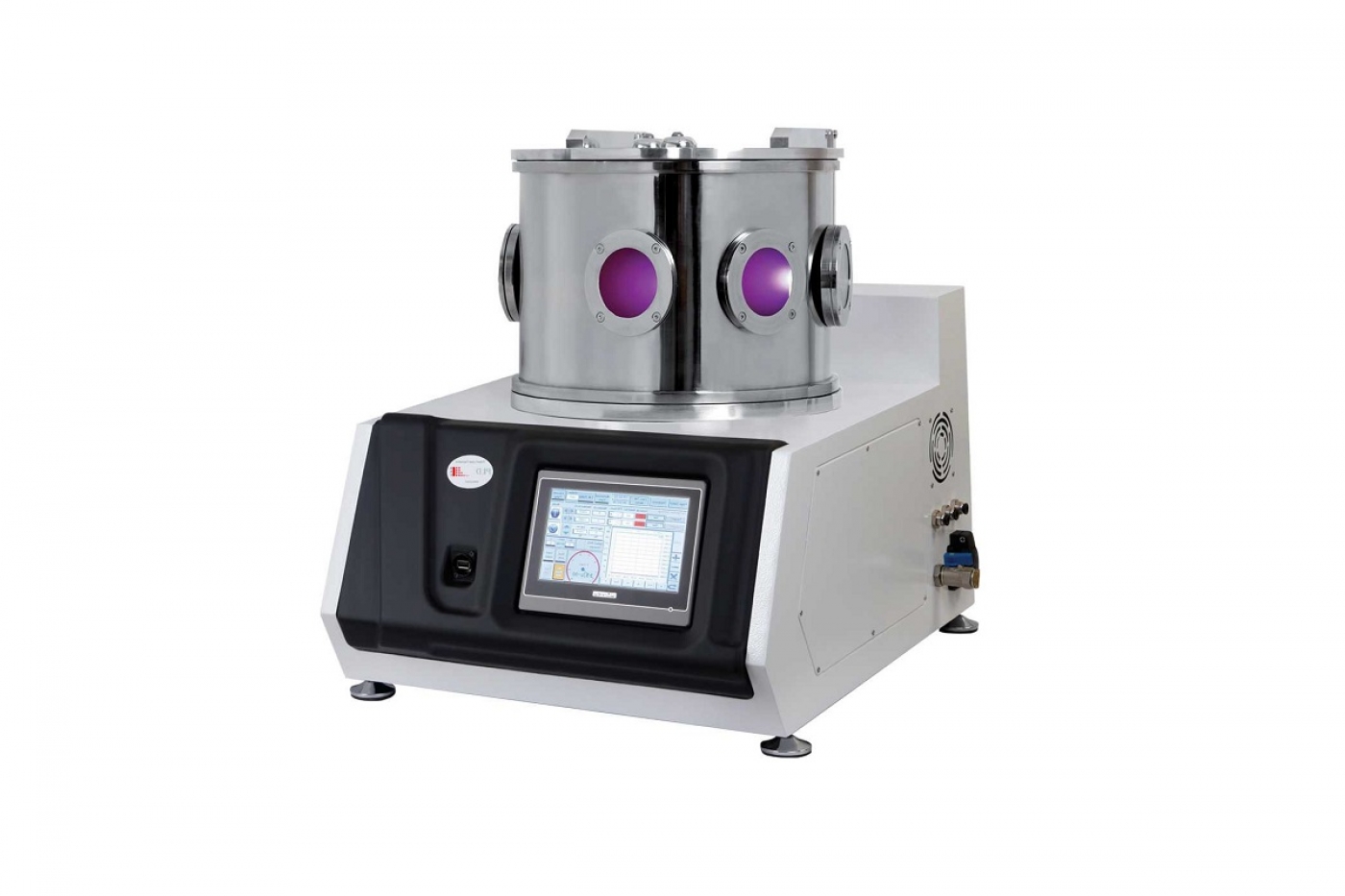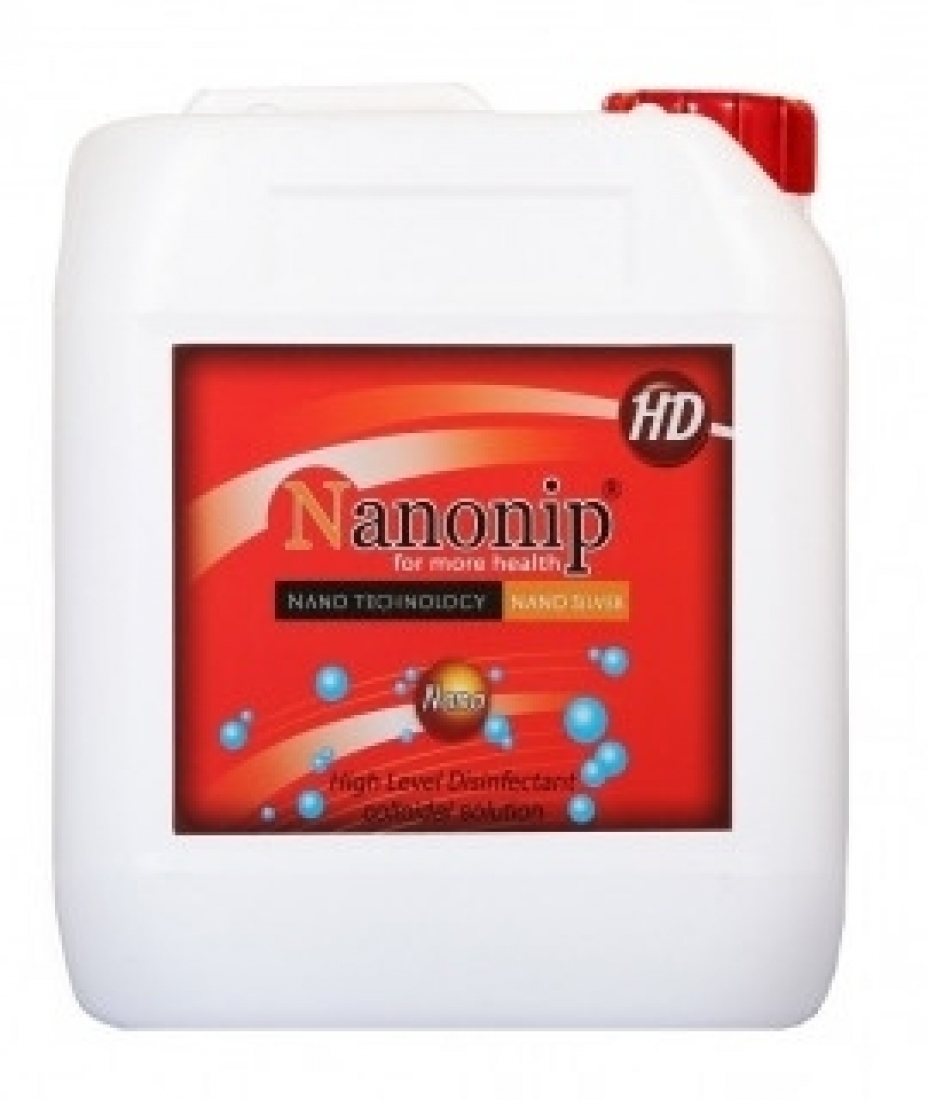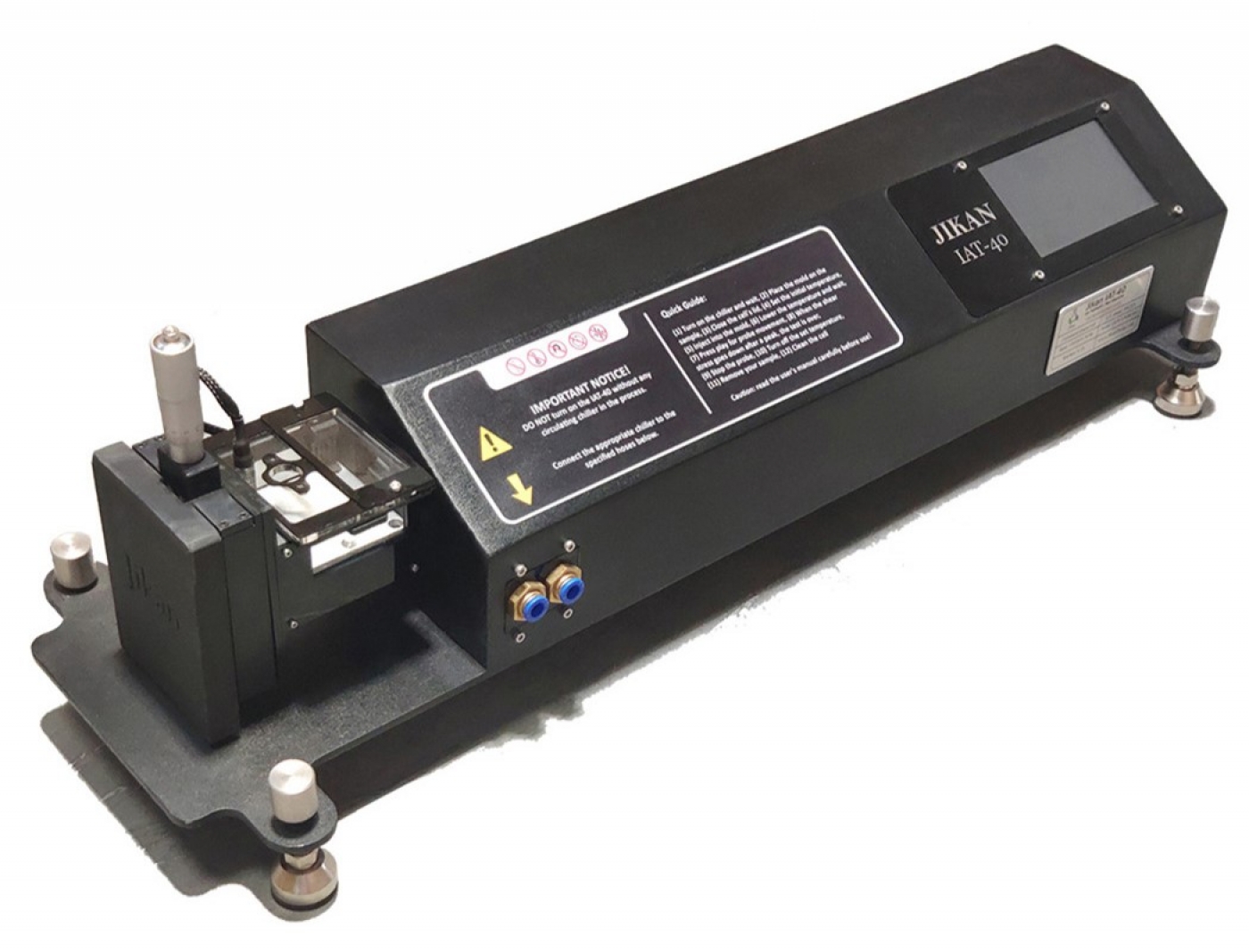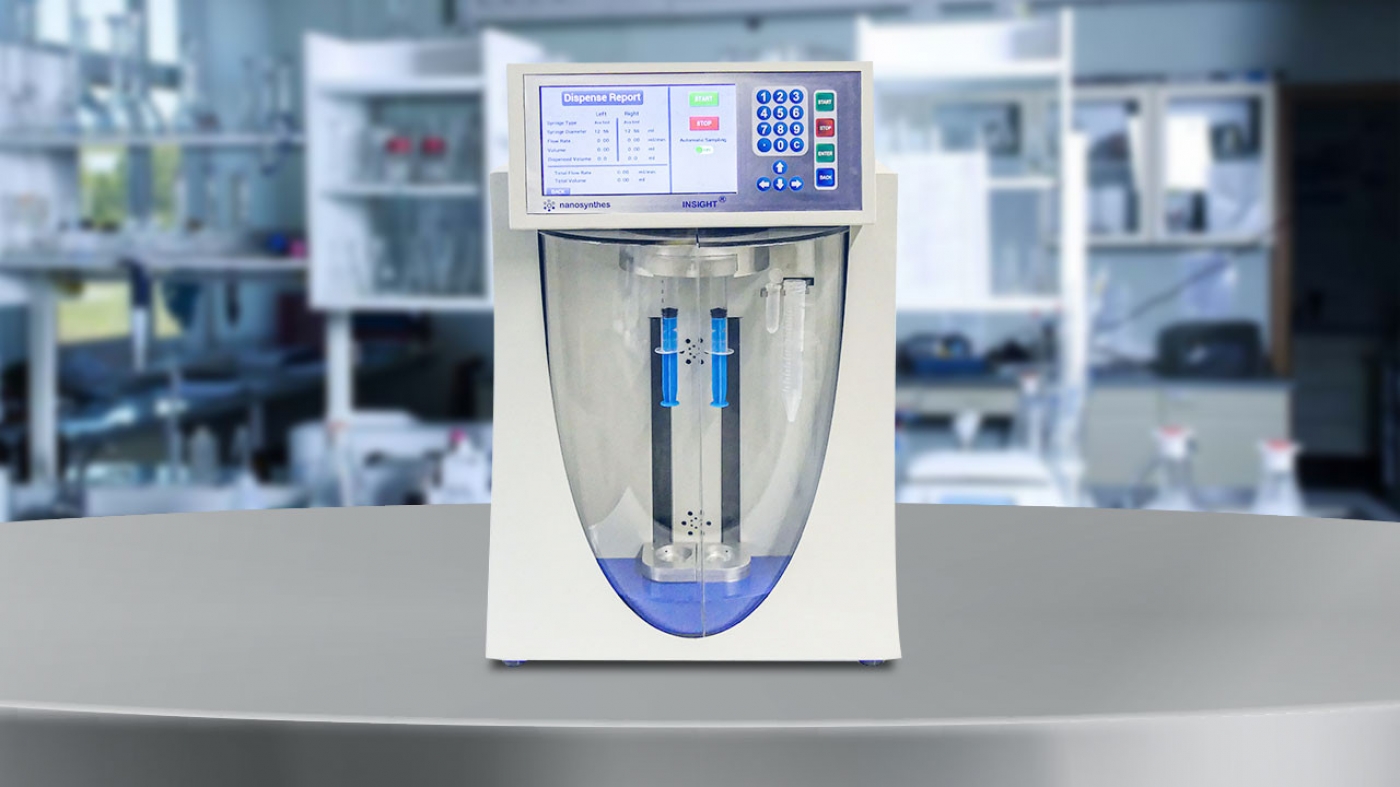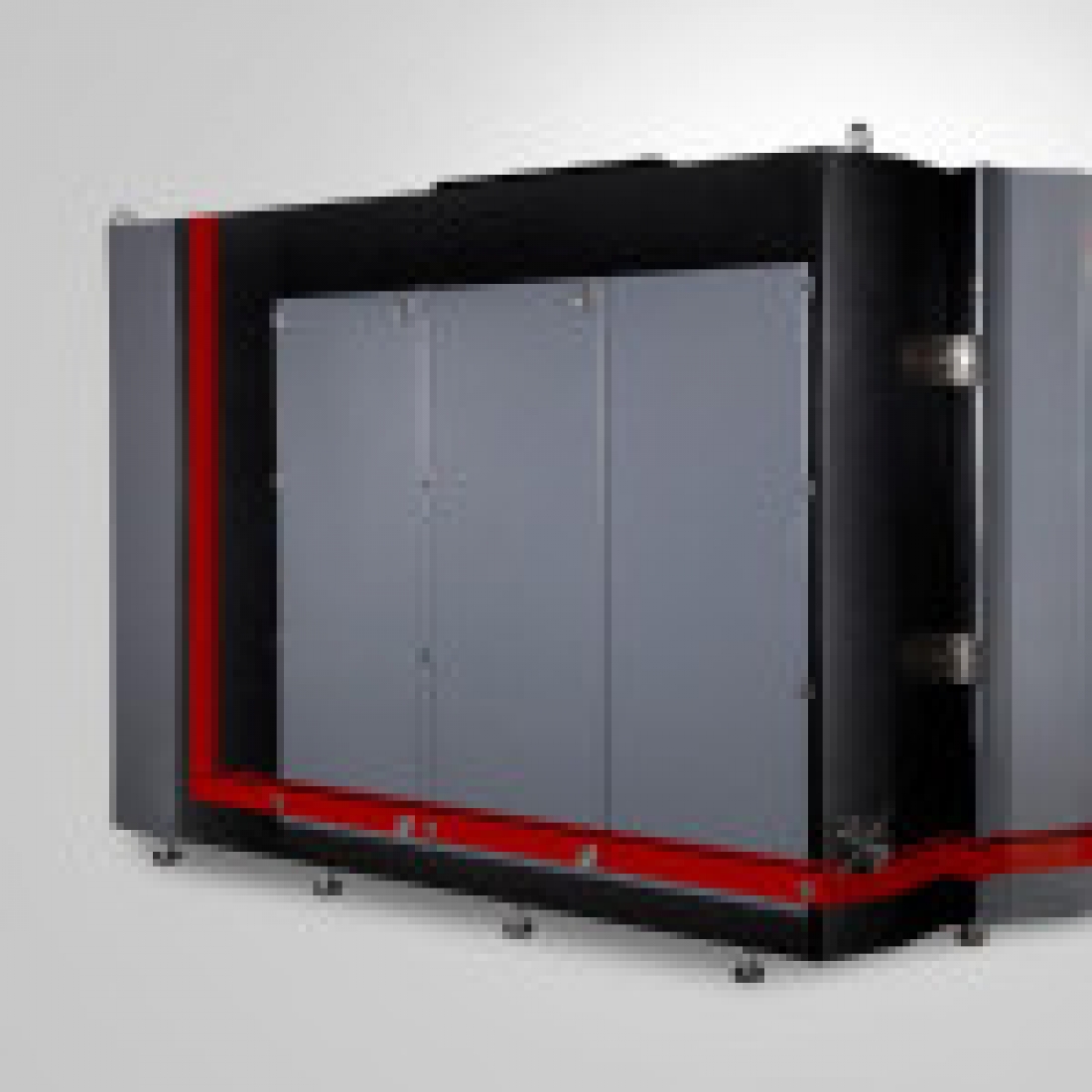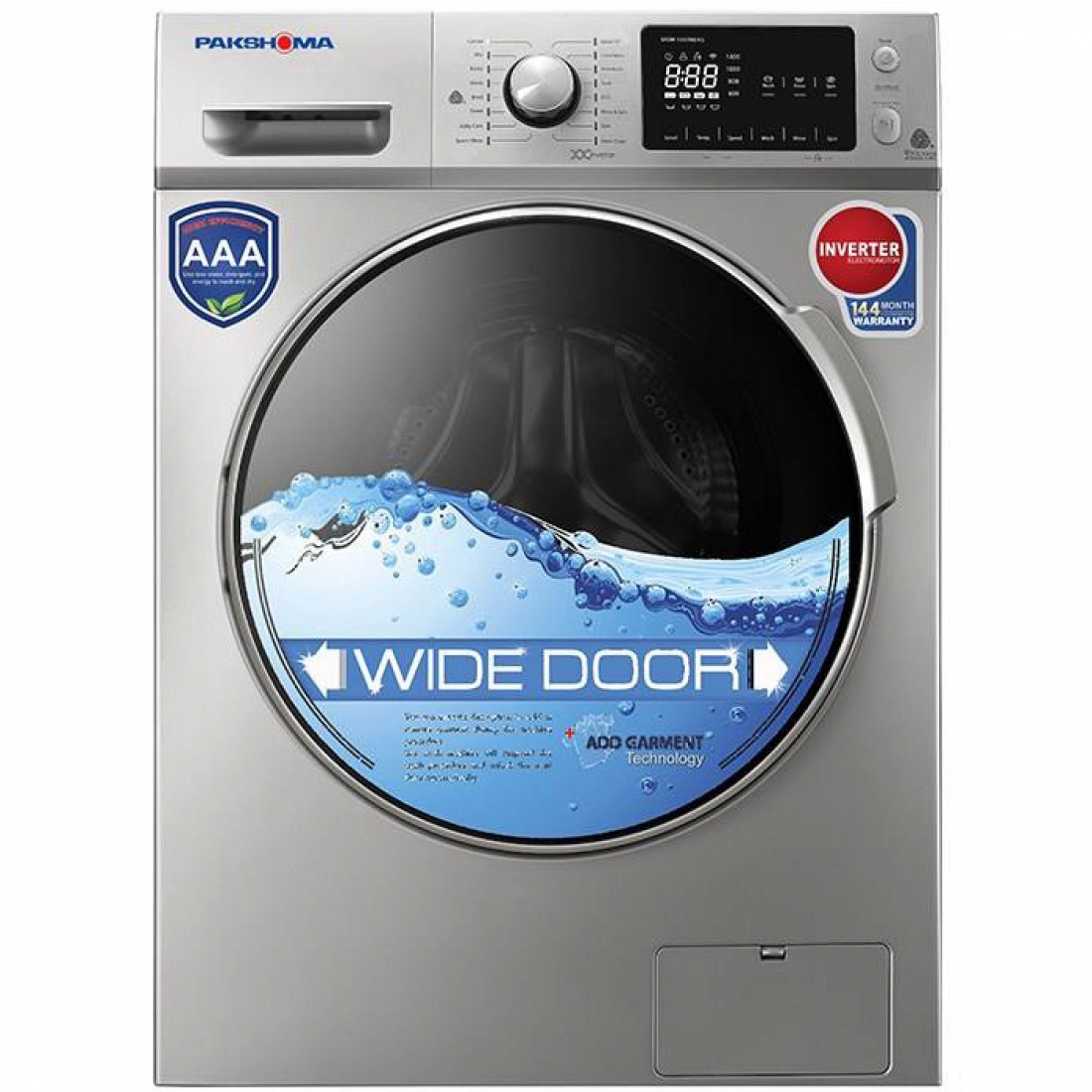Pulsed-Laser Deposition (PLD) is a type of physical vapor deposition which uses thermal stimulation for evaporation, transfer, and deposition of Target atoms onto a substrate. Like all similar deposition methods, the main sections of this apparatus are Target (desired coating material) and a substrate, which are placed in a chamber connected to the vacuum pumps; during deposition process, a laser beam is employed to thermally stimulate the Target.
Introduction
Pulsed-Laser Deposition (PLD) is a type of physical vapor deposition which uses thermal stimulation for evaporation, transfer, and deposition of Target atoms onto a substrate. Like all similar deposition methods, the main sections of this apparatus are Target (desired coating material) and a substrate, which are placed in a chamber connected to the vacuum pumps; during deposition process, a laser beam is employed to thermally stimulate the Target.
In this method, the heating mechanism involves the radiation and focus of a pulsed laser onto the Target. Laser radiation increases the localized temperature of the Target surface, beyond its melting and evaporation points. Therefore, a cloud of evaporated material forms which moves towards the substrate. Typically, to encourage the deposition of ejected atoms from Target on the substrate, the substrate is heated. Although PLD is technically straightforward and has an acceptable reproducibility, but it doesn’t necessarily mean that the underlying mechanisms, responsible for deposition process, can be readily tracked or fully known. Indeed, the reactions that occur inside the reaction chamber are usually more complicated. This results from the fact that by striking the laser on the target surface, usually in addition to the Target evaporation, some other phenomena like scattering of electrons, ions, and molecules happen. The interaction between laser and plasma also complicates the reactions inside the chamber. As a result, in most cases finding the optimum conditions for deposition process requires some trial and error. The PLD process also allows deposition of multi-components coatings like alloys. In case of using active gases, it is possible to deposit oxide- and nitride-based coatings.
One of the main applications of PLD is the coating of some conductive and semi-conductive metal oxides. The other applications involve the coating of nano oxide, metals, and diamond-like carbon (DLC). Despite the success of this technique in layering of a wide variety of materials and its applications in different fields, this technique is still known as laboratory equipment that is able to deposit high quality thin film for research and development of new materials and devices.
Application
Pulsed-laser deposition (PLD) is one of the most suitable techniques for fabrication of complex oxide with heterogeneous structures, super lattices, and well-controlled interfaces. The other applications are as follows:
- Electronic industry (transistors and diode fabrication)
- MEMS industry
- PMMA deposition before lithography
- Chemical sensors fabrication
specification
This company has introduced two types of PLD device, i.e. TEA-CO2 pulsed laser and CO2 Pulsed laser. Details of technical specifications are presented in the following Table.
 Advantager of using nanotechnology
Advantager of using nanotechnology
Pulsed Laser Deposition (PLD) is one of the PVD techniques which can produce thin films from a wide range of materials. This apparatus by offering adjustable parameters makes it possible to produce a material with different structures such as fine-grained, nanostructured, etc.
Manual and maintenance
- The device location must be free from dirt, dust and moisture as much as possible.
- For convenience of users to move easily around the device, the dimensions of installation place should be proportional to the device dimensions.
- Dedicate a space beneath the device table for installation of the pumps.
- Provide the conditions that make the fastening of gas cylinders to the wall possible.
- Before using this device, users must be trained.
- Install the device on a flat surface, away from other electrical equipment.
- Always check the correctness of high voltage cables.
- For more details on how to use the device, refer to the device catalog and user guide.
Safety and package
- Ensure the proper connection of the device earth cable (below 0.5 ohm). Otherwise, any case of personal injury or apparatus damage is not guaranteed.
- Make sure the device is installed in a place with proper ventilation.
- Avoid installation of the apparatus in places with risk of water leakage; otherwise, the electric shock or fire is possible.
- Never use the gas pipes or telephones lines for device earth connection. Inappropriate earth connection may lead to the electric shock.
- Never turn on the device in places where the combustible gasses are present.
